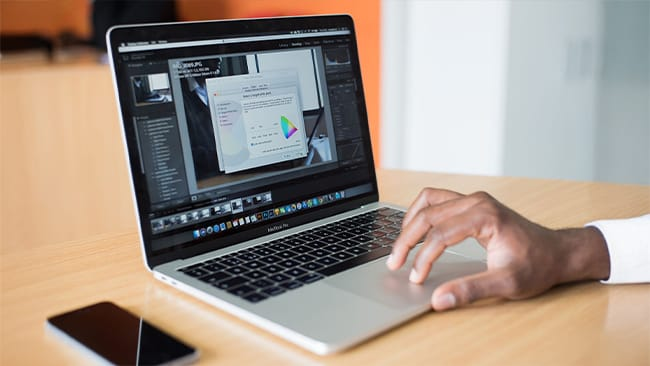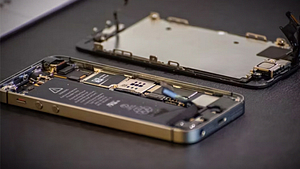Tired of your MacBook taking forever to open apps or load web pages? You’re not alone. Many people ask, “Why is my MacBook so slow?,” especially when they rely on it for work, study, or daily tasks.
The good news is that you don’t need to be a technology expert to fix a slow Mac, which can be very annoying. You can speed up your MacBook and restore its original feel with a few simple steps.
In this blog, we’ll share quick and simple fixes that actually work, so you can get back to using your Mac without the lag. Your laptop should feel a lot faster and more responsive by the end.
10 MacBook Quick Fix Tips for a Smoother Experience
1. First Things First- Try A Restart
If your Mac’s been on for days (or weeks), it probably just needs a little break. A simple restart clears out temporary clutter and can give your system a fresh start.
Click the Apple logo> Restart. Easy win.
2. Close What You’re Not Using
I had a habit of keeping 10+ apps open because… multitasking, right? Turns out, that’s one of the reasons my MacBook was lagging.
Press Command + Option + Esc to see what’s running and close anything you don’t need. Also, open Activity Monitor (just search for it in Spotlight) and check what’s hogging your memory. It’s usually the usual suspects, like Chrome or heavy editing tools.
3. Free Up Some Space
When your MacBook’s startup disk is full, things start to crawl. Mine was packed with downloads I forgot about, random screenshots, and videos I didn’t even remember recording.
Go to:
Apple Menu> About this Mac> Storage> Manage
Then delete what you don’t need- or move big files to iCloud or an external drive. Trust me, clearing storage gave my MacBook a serious performance boost.
4. Cut Down The Startup Junk
If your Mac takes ages to turn on, too many apps are probably opening automatically when it starts.
Fix this by going to:
System Settings> General> Login Items
Remove anything that doesn’t need to start up every time. It made my startup much smoother.
5. Keep An Eye On RAM Usage
If your MacBook feels slow when you’re juggling multiple apps or browser tabs, it’s probably struggling with MacBook RAM usage.
In simple terms, RAM is like your Mac’s short-term memory. When it fills up, things slow down. Try closing heavy apps you’re not actively using and limiting open tabs (yes, even the 24 random Chrome tabs you swore you’d read later).
6. Update MacOS And Your Apps
We used to hit ‘Remind Me Later’ every time a software update popped up. This is a Big Mistake. Updates aren’t just for new features; they often fix bugs that slow your MacBook down.
So, head over to System Settings> Software Update, and make sure everything’s current. It helps more than you’d think.
7. Adjust The Eye Candy (If You Have An Older Mac)
If your Mac is a few years old, those fancy visual effects might be slowing it down. Go to Accessibility settings> Display, and turn on ‘Reduce motion’ and ‘Reduce transparency.’ Small changes, but it felt snappier right away.
8. Fix Freezing Issues The Nerdy Way ( Only If Needed)
If your MacBook is freezing randomly, you can reset something called the SMC or PRAM. This sounds techy, but it’s not too hard, and it helped me once when nothing else worked.
Just make sure you check if your MacBook has an Intel chip first. If it’s an M1 or newer, skip this step (it doesn’t apply).
9. Use Apple’s Built-In Tools
Apple gives you decent tools to clean up your MacBook storage and improve performance.
Go to Settings> General > Storage, and you’ll see suggestions like:
- Store files in iCloud
- Empty trash automatically
- Remove old movie files or unused apps
It’s easy and built right in, so why not use it?
10. If All Else Fails- Consider A Hardware Upgrade
If you’ve tried everything and your MacBook is still slow, and it’s an older model, it might just be showing its age. Some older MacBooks let you upgrade the RAM or swap the hard drive for an SSD, which can make a huge difference.
If that’s not an option, it might be time to start looking at a newer model (but at least you’ll know you’ve tried everything first).







